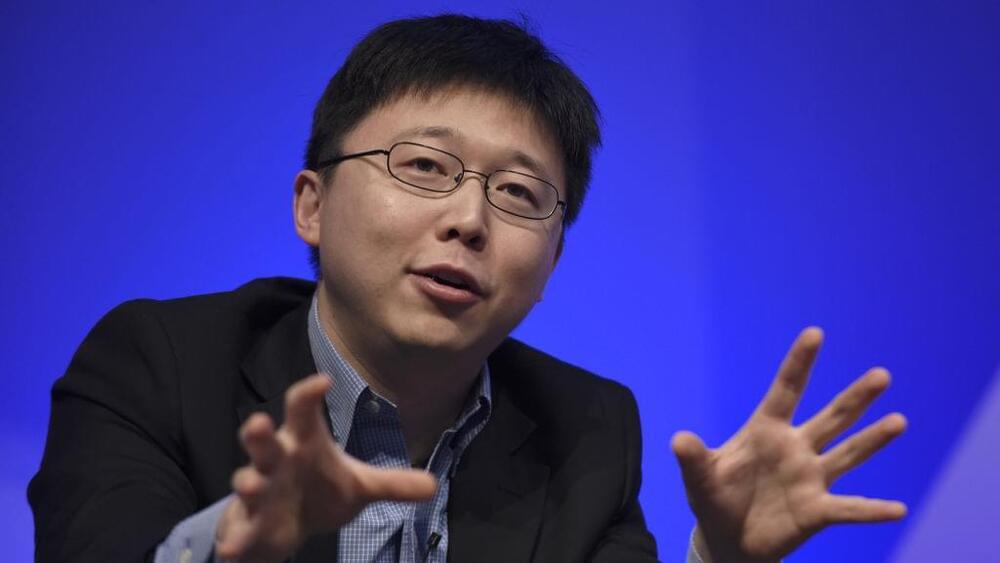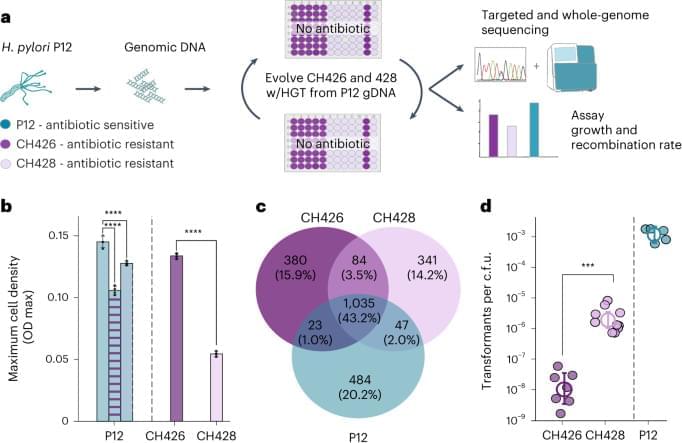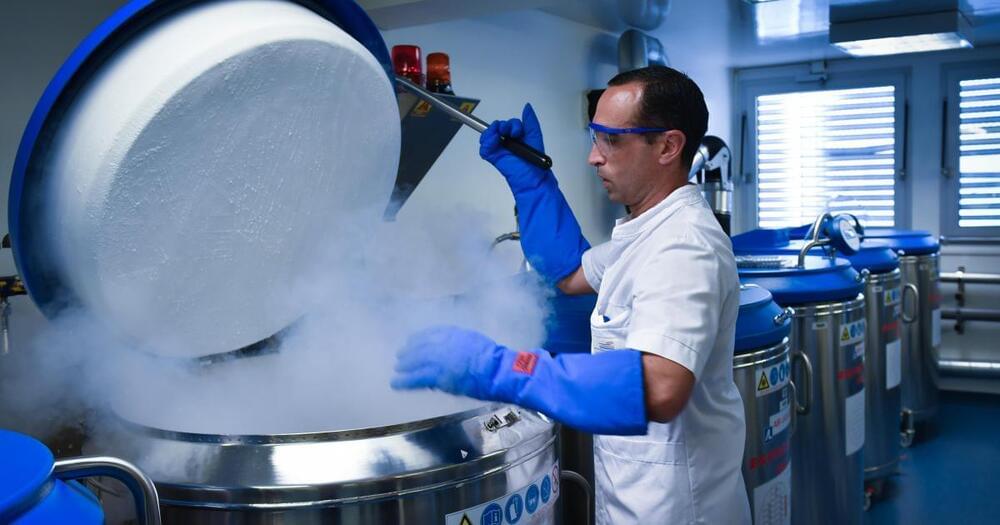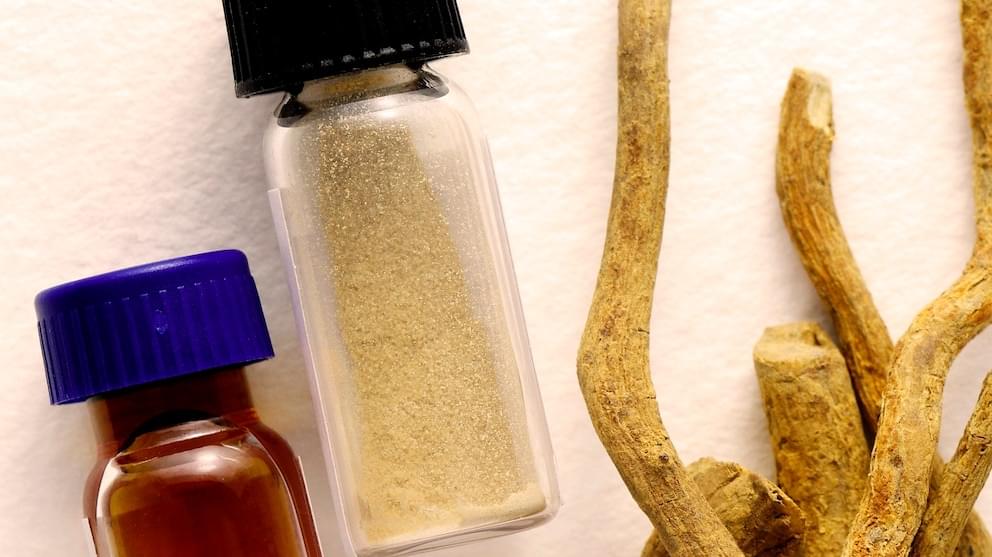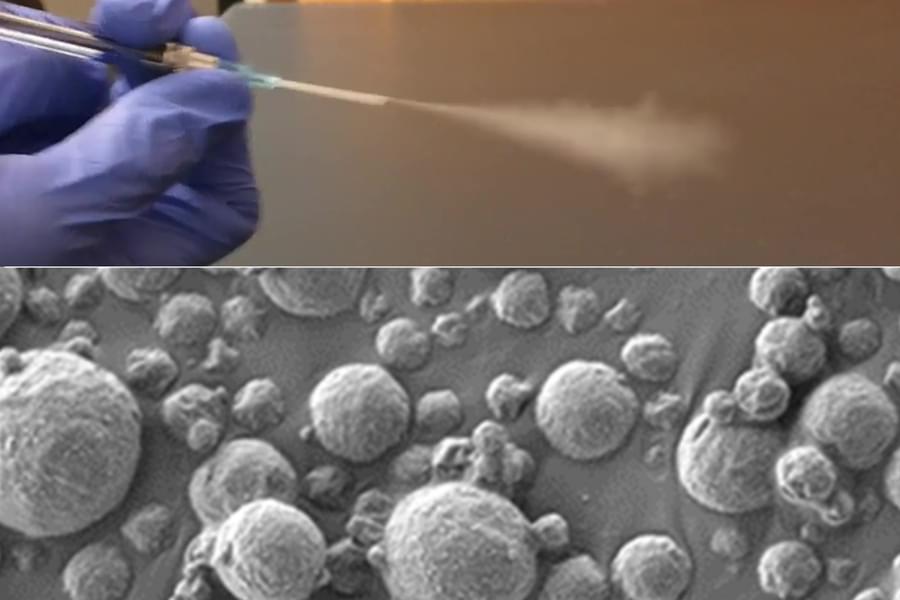Aera Therapeutics, a startup launched by the CRISPR pioneer Feng Zhang last year to solve one of the biggest bottlenecks in genetic medicine, has laid off a quarter of its staff, the company confirmed to STAT.
The layoffs come as the biotech market remains mired in a now nearly three-year-long downturn that has left startups struggling to attract both private and public funds. Aera attributed the layoffs to those headwinds and indicated it had axed a portion of the company dedicated to developing new gene-editing enzymes.
“In 2023, Aera launched to pursue an ambitious mission to develop transformative genetic medicines by harnessing enabling delivery technologies and precision payloads,” spokesman Dan Budwick said in a statement. “Although Aera remains in a strong cash position today, given the current biotech funding environment, we have chosen to take steps to focus our strategy and investments on the development of our novel delivery platforms, thereby further extending our cash runway.”
